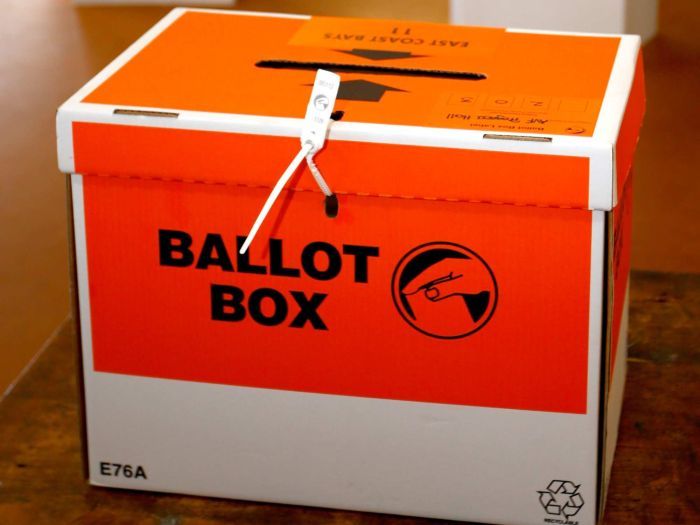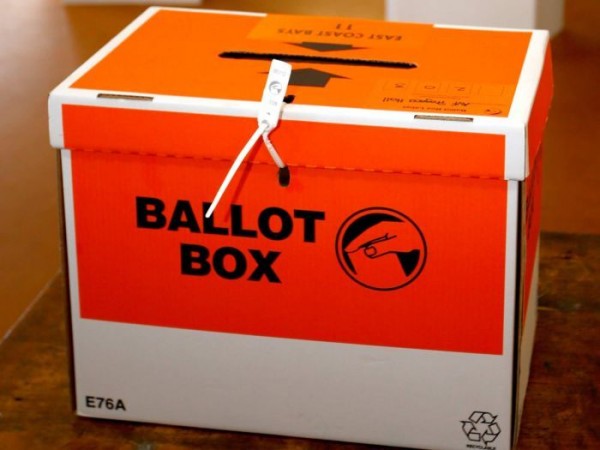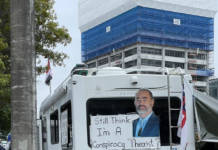National’s electorate accommodations with ACT and United Future were a big factor in it winning re-election.
Interestingly, there is another electorate accommodation scenario whereby the centre-left could have come out on top, even with the same distribution of party votes.
I asked Graeme Edgeler of the Legal Beagle blog to work out the seat distribution in feasible scenarios involving Hone Harawira winning Tai Tokerau, Peter Dunne losing Ohariu and the Maori Party holding their seats in Te Tai Hauauru and Tamaki Makaurau.
According to Graeme, the combination of these three outcomes would have been: “IM [Internet Mana] get two seats, Maori Party gains one seat, National and Greens are down one seat each. Size of House stays same (121), but cause of overhang changes from Dunne to Maori Party.”
That is, National (59) plus ACT (1) would have had 60 seats and Labour (32) plus Greens (13) plus Internet Mana (2) plus NZ First (11) plus Maori Party (3) would have had 61 seats.
This means it would have been possible for Labour to form a government, but only if NZ First and the Maori Party had played ball. NZ First might have baulked at a five-headed centre-left combination and done a deal with National, as it did in 1996. The Maori Party might have come in. The party’s overall policy stance is closer to Labour and the Greens than to National, and on some policies it is to the left of Labour. The Maori Party’s main strategic aim is to “be at the table”, and it probably prefers a centre-left table to a centre-right table when it has the balance of power (which it hasn’t had in the elections to date).
Let’s look at what accommodations would have produced the electorate outcomes described above which may have benefited the centre-left.
The easiest to achieve would have been Hone Harawira winning Te Tai Tokerau – if Kelvin Davis and Labour hadn’t run a strong “out to win” campaign.
The Maori Party winning Te Tai Hauauru and Tamaki Makaurau would have been more difficult. It would have required Labour to treat the party as a potential ally, rather than simply a National plaything. A friendly nod from Labour may possibly have enabled the Maori Party’s Chris McKenzie to win Te Tai Hauauru and Rangi McLean to win Tamaki Makaurau. Labour’s winning majority in each seat (1554 and 1462) was relatively small.
Of course, such a tactical course would have been controversial, and at the very least a gamble, given the Maori Party’s openness to going with either National or Labour in government.
Defeating Peter Dunne was certainly feasible, if Labour had put in more resources and a higher-up-the-list candidate (Andrew Little?). Peter Dunne’s majority in Ohariu was only 710. Also relevant to the outcome was the Green candidate vote, 2,764, most of which would have gone to the Labour candidate if the Greens hadn’t run.
Accommodations are difficult for the Green Party, which rightly wants to be viewed as an independent party, not one subordinate to Labour’s electorate interests. So consciously standing down a candidate in an electorate like Ohariu is difficult. But even with a Green candidate in the race, perhaps a stronger recommendation of a vote for Labour’s Virginia Andersen against Peter Dunne could have been given. In 1999 Green co-leader Jeanette Fitzsimons won Coromandel after a positive nod in her direction from Labour leader Helen Clark, even though Labour had a candidate in the race. Jeanette got 39.98% of the electorate vote, mostly from Labour voters. Labour had 35.88% of the Coromandel party vote that year, to the Green’s 7.65%. The prospect of Jeanette winning also upped the Green Party vote to 5.16%, which brought in a total of seven MPs (including the writer).
Helen Clark’s accommodation in Coromandel was a win-win for Labour and Greens and enabled some good legislation (including getting rid of the Employment Contracts Act) in the following parliamentary term.







Another factor that should not be discounted is the Labour Party electoral strategy of talking up New Zealand First as a more favoured coalition partner than the Green Party.
Unfortunately this strategy played into the media and the National Party’s line that the Greens (and the wider Left) were not to be trusted and their talk of poverty and environmental threats were extremist and exaggerated.
While this strategy may have had the aim of building the NZ First vote, it also boosted the conservative vote generally.
And if voting conservatively was the way to go
“Why settle for chops when you can have steak”
A better strategy for Labour that may have boosted the vote for the wider Left and returned a Labour led government, (Labour still being the biggest Party on the Left), is if instead of attacking them Labour had stood in Solidarity with the Green Party and Internet/Mana and condemned deep sea oil drilling and fracking as dangerous, that climate change is a terrible threat that needs to be addressed. If Labour had denounced the TPPA as secretive and a sell out of our sovereignity. Had stood in solidarity with the other Left parties that the secret security services be held to account for their illegal activities.
If Labour had have done these things the electorate may have been wakened to the real nature of the problems this country and the world face. And voted for policies that openly addressed these problems
Instead, we got the steady as she goes, business as usual, National lite, election strategy, which as well as being very close to the National Party message, was also the mantra trumpeted by the conservative media, that this anodyne message was also the coming from the Labour Party meant that the electorate didn’t get the wake up call it needed, necessary to make a change in direction.
The general impression I am left with, is that Labour by being reluctant to confront the big questions, did not really want to lead the country this time around.
Labour’s strategic approach to the election certainly seemed ‘confused’. I can understand Labour distancing themselves from IMP, because I suspect their polling confirmed DotCom was toxic, but their at times ‘luke warm’ approach to the Greens just doesn’t make sense. If Labour genuinely want to represent the centre left, they need to identify policy compatibility with the Greens, coordinate policy in those areas and conduct shared policy announcements. At the same time, both parties can retain policy independence where they differ. They then highlight the differences and similarities to the relevant audiences. In my opinion Labour should not be pursuing a 4 or 5 party solution – this would be a nightmare to run – and should be looking to build the centre left/left block with the Greens.
Excellent post, Labour and the Greens should have colluded properly for Ohariu and Epsom. The real problem I think lies with Labour, they expect the greens to lie down and behave as Labour consider themselves top dog, hopefully not for too much longer, the Greens will take over I think.
Comments are closed.